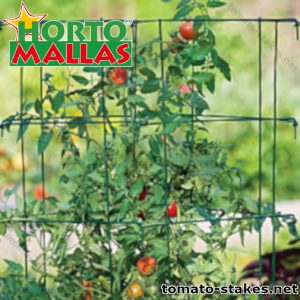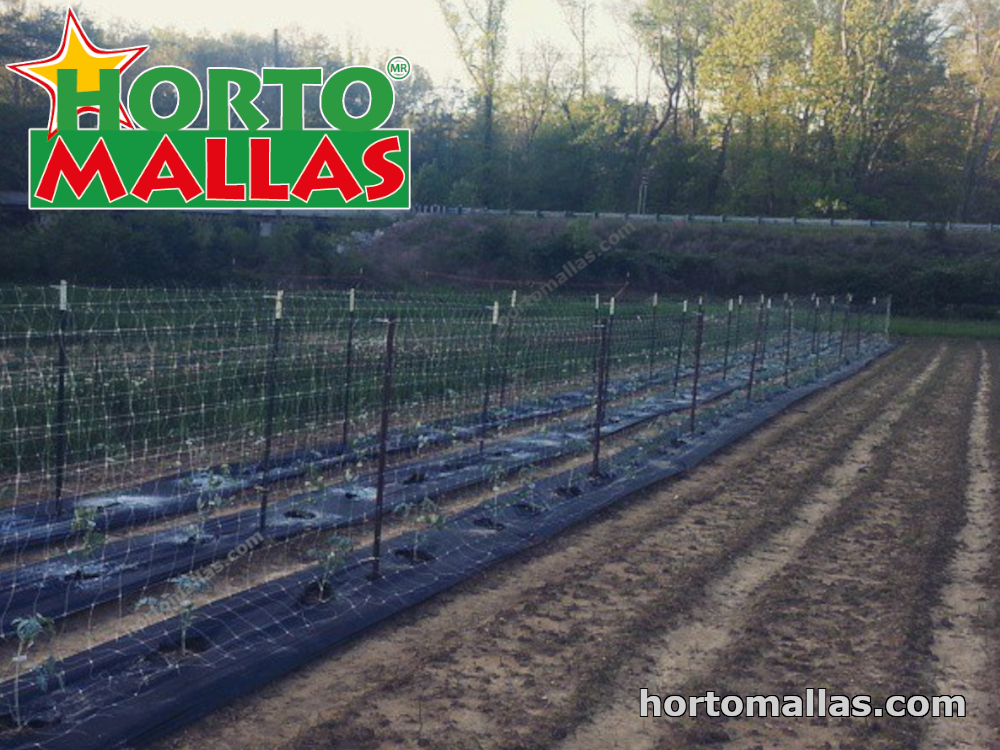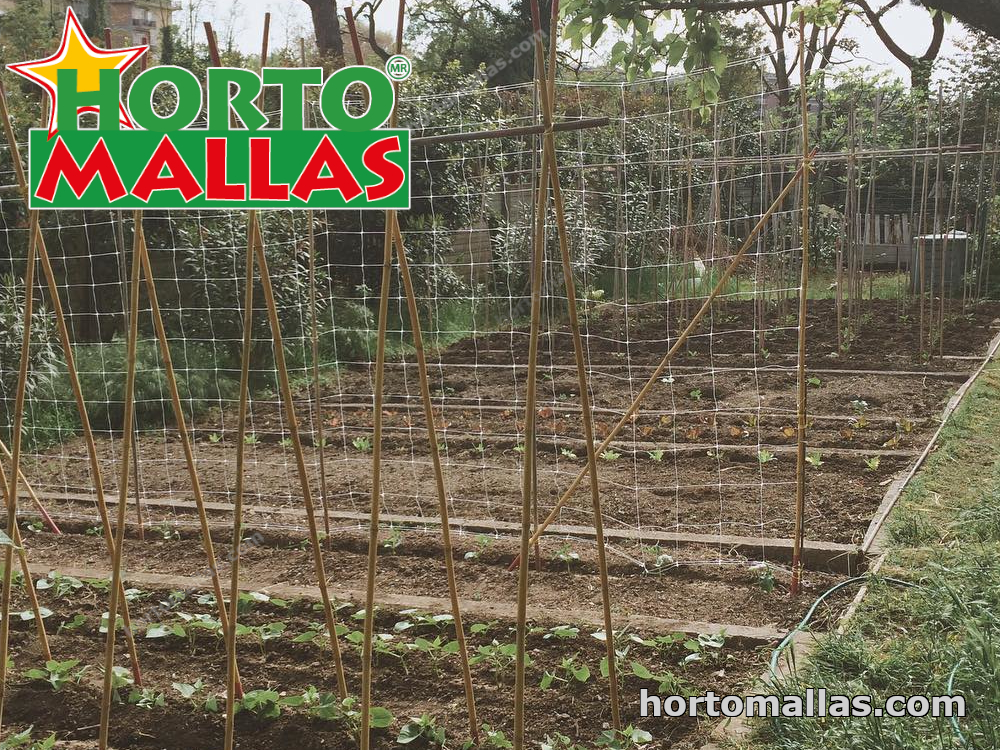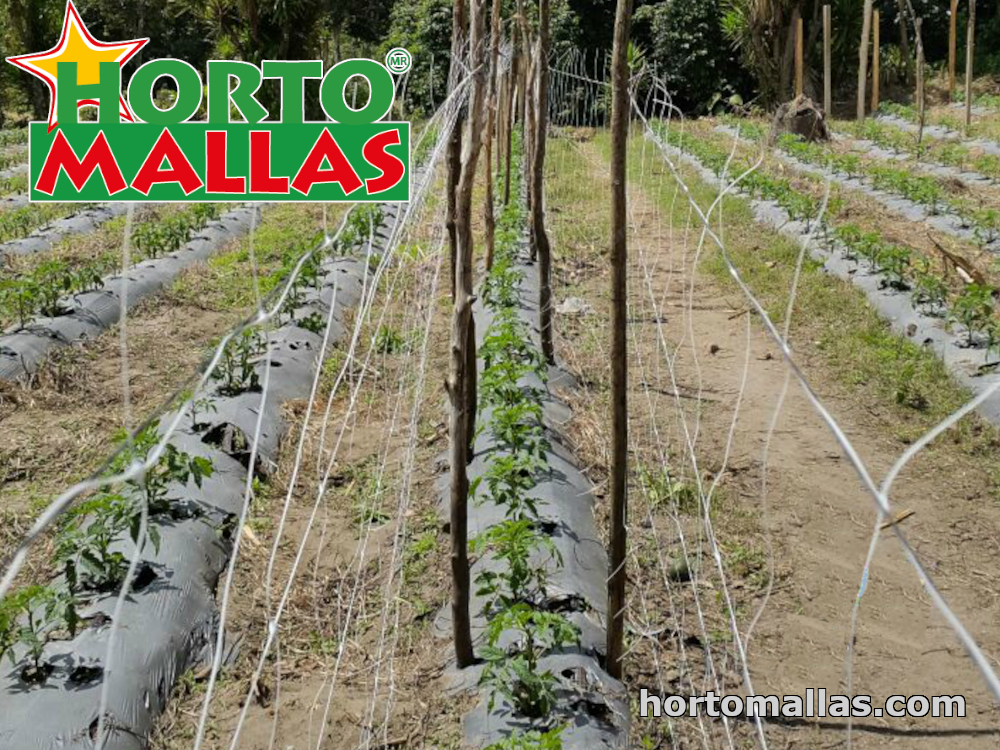Minimize Risks in Vegetable Garden with Tomato Staking Techniques
Support Tomato to Have Healthy Production and Beautiful Garden
In the vegetable garden, the tomato has been known for its bad reputation. While growing, it can make a lot of mess and become sensitive to a variety of diseases. To prevent such unpleasant state, proper care and support of plants in accordance with the latest standards is highly recommended. Tomato can be supported in several different ways among which stake, trellis or cage belong to most popular. Implementing of tomato staking techniques enables vertical training of the vegetable. It becomes far healthier and more productive. Not less important is the neat appearance of your garden. Determinate sorts of tomato grow to a specific height while heirloom varieties belong to indeterminate tomato sorts that grow until physically stopped or until the sub-zero temperature hinder them from further growing. Modern hybrid varieties have been designed to grow to a determinate height. Seed packet contains all the necessary details on the back. Read it carefully, they indicate which plant you have chosen to breed. Indeterminate plants might be very large after a certain period of time, and they will demand tomato staking techniques that can meet the requirements of their growth. Whatever technique you chose, keep in mind all three phases; pruning, training, and harvesting are equally important, and you are supposed to operate in the garden without any difficulties throughout the season.
Stakes of Different Size are Applicable in Various Ways
Stakes are efficient and affordable tomato plants supports. They are stout and available in a wide range of options that are convenient for small determinate tomato sorts and for large vines. A single stake serves as a reliable support. Some stakes are empowered with a pointed tip at the end, and they slide into the ground easily. If you haven’ t found pointed stakes, you can make points on your own without much effort. In applying tomato staking techniques, should you avoid pressure treated lumber. It contains toxic chemicals that may come into the ground and harm the plants. Stakes can be of different sizes. Small tomato varieties require the use of 1×1 inch by 4-feet stake pounded into the ground near the base of the plant. The recommended deep is at least 6 to 8 inches. Large tomato varieties require the almost double size of 2×2 inches by the 7-feet stake that is supposed to be buried 14 to 16 inches or more into the ground. Tomato stakes Bunnings are available in various materials such are timber, bamboo, plastic, and metal. Single or double stake method is suitable for the application in the gardens in many ways. The simplest and most common method is tying the plant to the wooden stake as it grows. Which tomato staking methods to apply also depends on the sort of tomato and a number of plants. The location where you grow vegetables plays an important role as well.
Stake Tomato with Care and Patience
The important fact for the determinate sorts of tomato is that they are smaller and their productivity is limited to all in one go in the season. In opposite to indeterminate varieties, they don’t need a strong support. Bigger stakes are the only once convenient to hold up indeterminate plants. They have to be driven into the ground next to the plant and at the same time. Tomato staking techniques are not complicated but as soon as you have decided to apply them, arm yourself with patience. A lot of problems might happen accidentally. Hearting the roots of the tomato plant is a common problem that occurs if one tries to push the stake sometime after the planting. Be careful by tying the tomato’s stem. It is a sensitive process you can use a twine for. Ribbons or old nylon stockings can also serve the purpose. With the proper care, the tomato will grow fast, and you should tie the additions to the stake as well. The plant should be off the ground in the entire length.Pruning the tomato plant is necessary to avoid the multiple stems. You will be amazed how different does the garden look. Tomato staking techniques save space. The plants will not sprawl all around the garden. On the contrary, the overall appearance will be neat and attractive.

Chose Tomato Staking Method and Technique before Transplanting
A decision to apply some of the tomato staking techniques means that you are a responsible farmer that pays attention to his asset, its productivity, and many other benefits. For the tomato that grows from the beginning off the ground is almost impossible to rot. Cleaner fruits look nice and they are tasty as it may. A further benefit is that staking saves the space and enables the maximum productivity on a confined surface. Different kinds of trellises are also convenient to train tomato vertically. It is possible to combine a row of stakes along the tomato bed with horizontal lengths of wire or twine. Training tomatoes starts usually only a month after transplanting. Tying the tomato stems to the stakes every 6 to 8 inches above a cluster of flowers has been recommended. Otherwise, it may happen that the stems crimp. As the stems grow, they remain soft and could be easily harmed. Thick garden twine is loose, and it is a good solution to support any tomato staking techniques. Before taking any further steps, think first about stake method and technique. Some sorts can you train to a single stem while for some other varieties three or more stems are better. Make the decision before planting since it is the only way to estimate the adequate space between plants.


